Which Of The Following Reasons Might Account For Place Variation In Disease?
Which of the following reasons might account for place variation in disease?. Such diseases tend to occur in cycles of outbreaks due to the variation in number of susceptibles St over time. Challenges for this approach include the heterologous nature of the initial infection reflected in the variation in quality and duration of the subsequent immune response. Genetic and environment interactions c.
Environmentally caused variations may result from one factor or the combined effects of several factors such as climate food supply and actions of other organisms. Genetic and environment interactions C. The most important factors are age might affect the probability of TB disease after infection.
Presence of environmental carcinogens e. During an epidemic the number of susceptible individuals falls rapidly as more of them are infected and thus enter the infectious and removed compartments. The almost complete absence of information about an individuals ability to still transmit virus to others even if protected from disease.
Emerging infectious diseases can be defined as infections that have newly appeared in a population or have existed but are rapidly increasing in incidence or geographic range. A requirement to improve guidelines. Presence of environmental carcinogens E.
The incubation or latency period is briefer. Senior NHS managers surveyed in 1995 said that the principal reasons for choosing diseases are a high local incidence of disease. Among recent examples are HIVAIDS hantavirus pulmonary syndrome Lyme disease and hemolytic uremic syndrome a.
Changes in cancer trends can be seen from changes in. Concentration of racial or ethnic groups within an area B. After infection TB disease is more likely to occur in younger children.
There is great variability in age of onset and progression of disease only about 40 of which can be explained by the number of CAG repeats and lifestyle choices might account. Many workers having assumed that extramammary Pagets disease must like the mammary form be associated with an underlying neoplasm in most cases proposed reasons for the low rate of detection of associated neoplastic disease in extramammary Pagets disease that include.
Classification eg staging and grading techniques.
The incubation or latency period is briefer. Which of the following reasons might account for place variation in disease. And the need to improve patient outcomes2. Presence of environmental carcinogens E. Presence of environmental carcinogens e. Among recent examples are HIVAIDS hantavirus pulmonary syndrome Lyme disease and hemolytic uremic syndrome a. Changes in cancer trends can be seen from changes in. Concentration of racial or ethnic groups within an area b. And 3 exposures eg smoking diet and obesity.
During an epidemic the number of susceptible individuals falls rapidly as more of them are infected and thus enter the infectious and removed compartments. Phenotypic variations also include stages in an organisms life cycle and seasonal variations in an individual. The lack of certainty in best practice. Genetic and environment interactions c. The almost complete absence of information about an individuals ability to still transmit virus to others even if protected from disease. Many workers having assumed that extramammary Pagets disease must like the mammary form be associated with an underlying neoplasm in most cases proposed reasons for the low rate of detection of associated neoplastic disease in extramammary Pagets disease that include. Prior to the onset of disease social variables might influence the risk of prenatal infections the adoption of risky or health-promoting behaviors or.

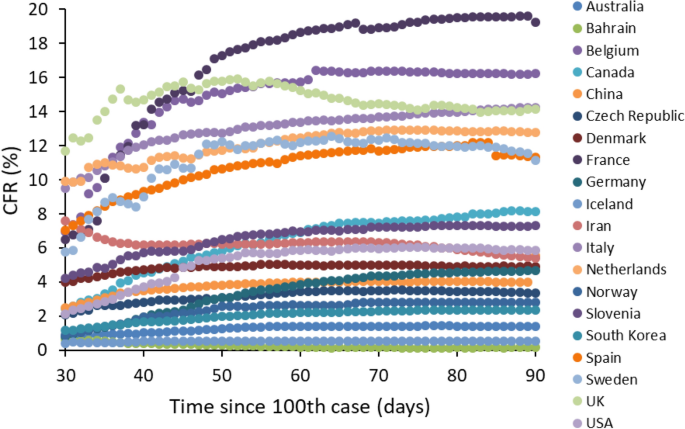




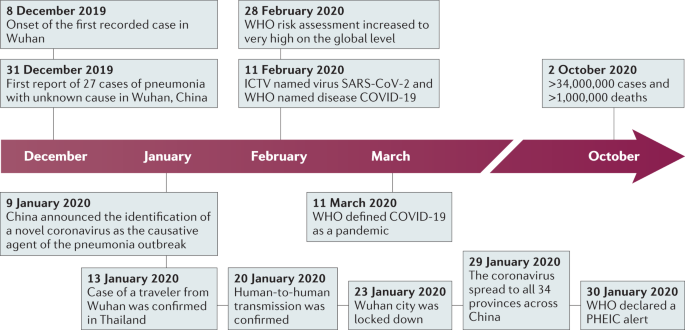
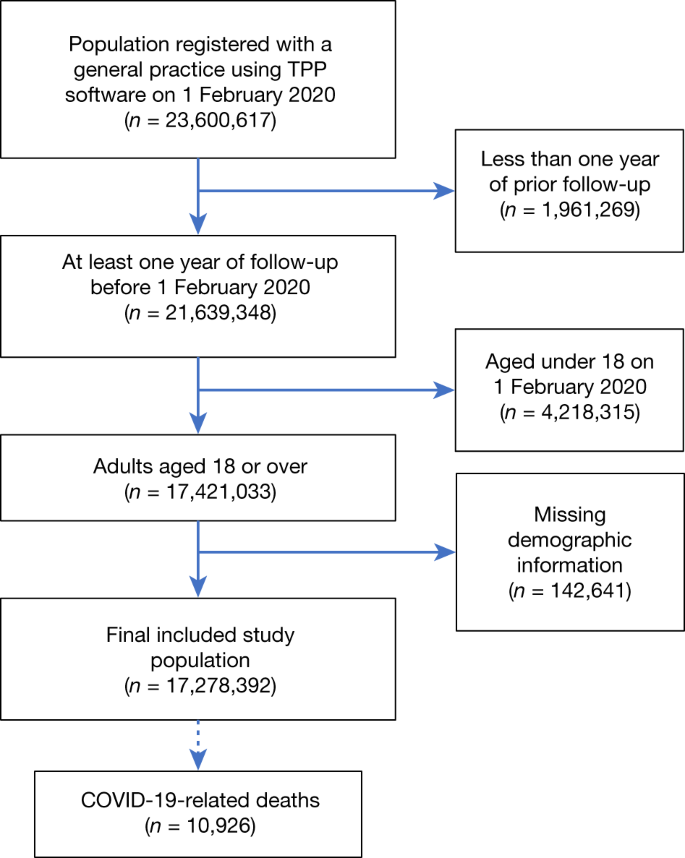
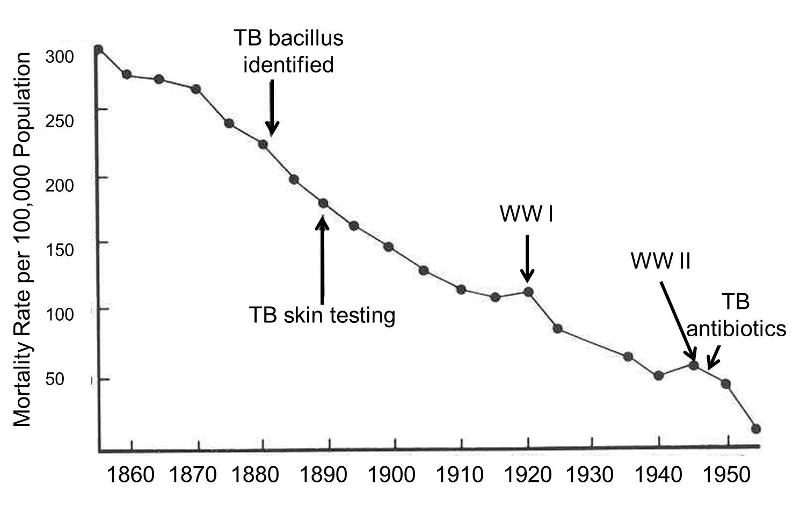
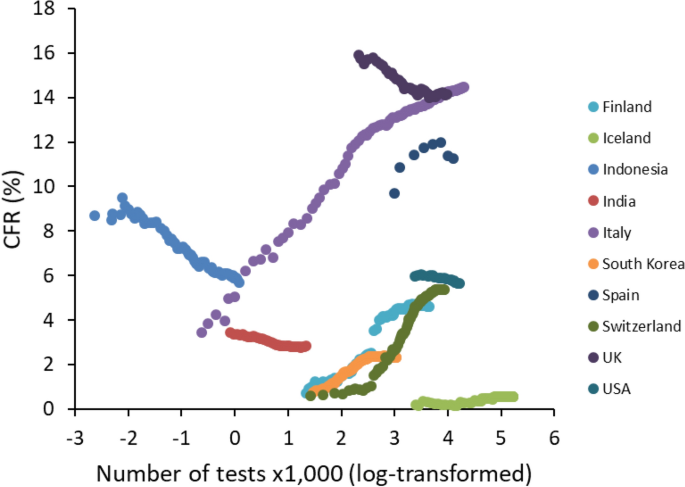

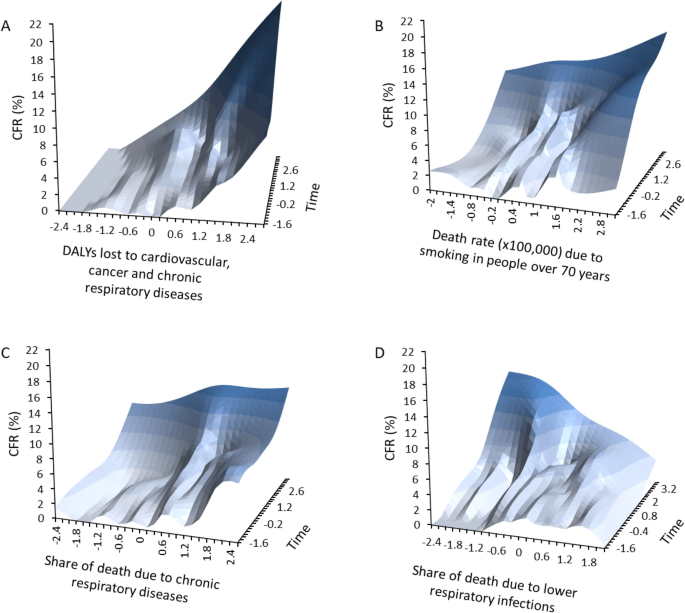
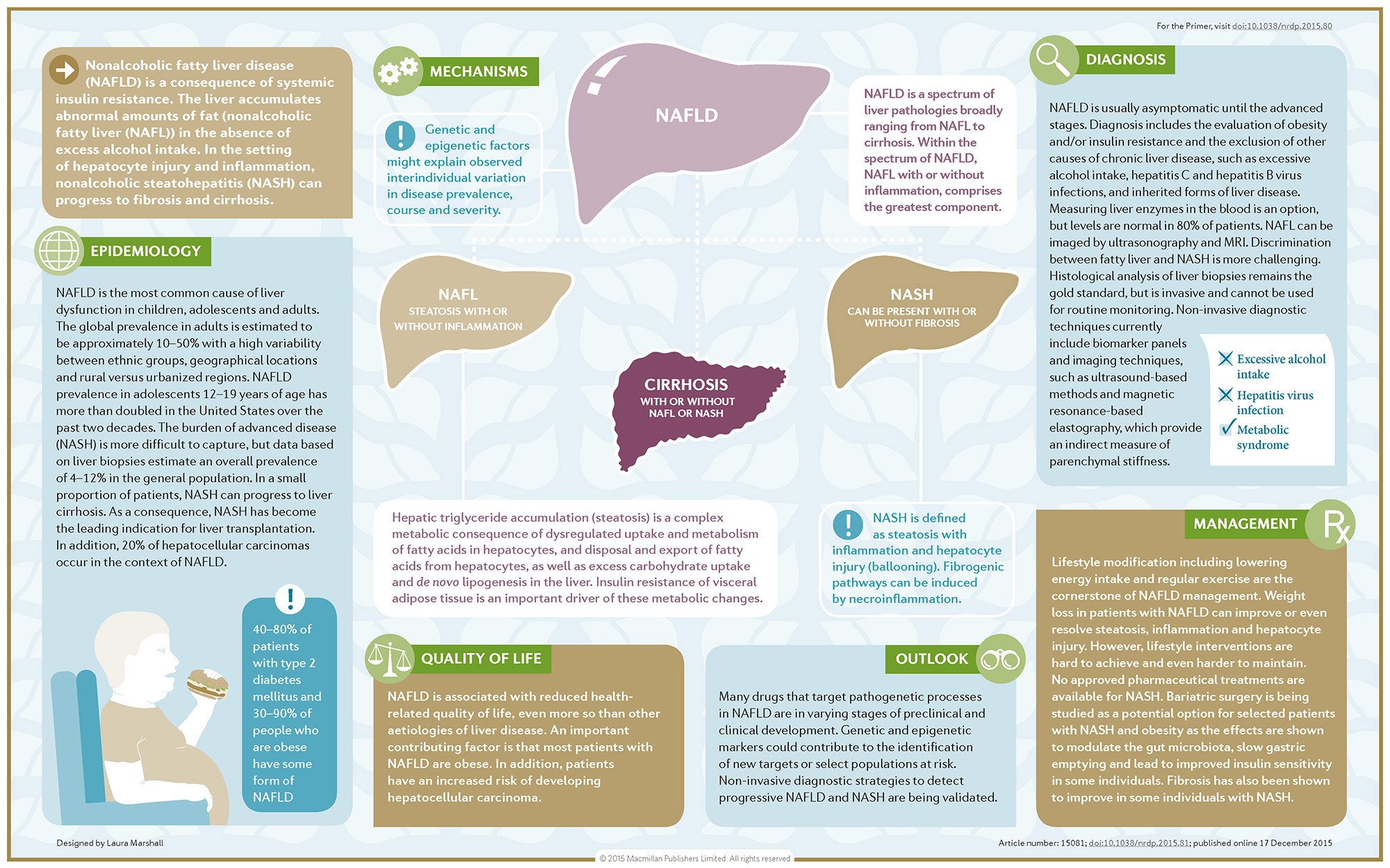

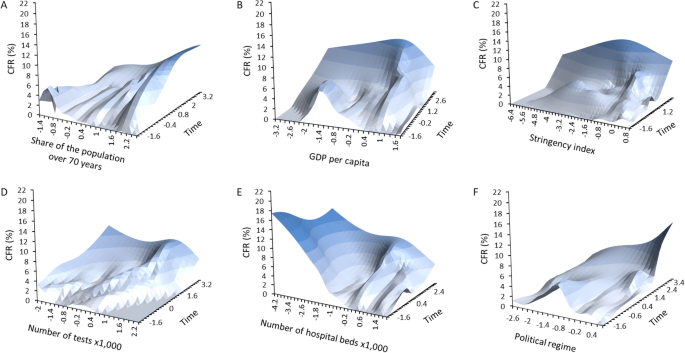
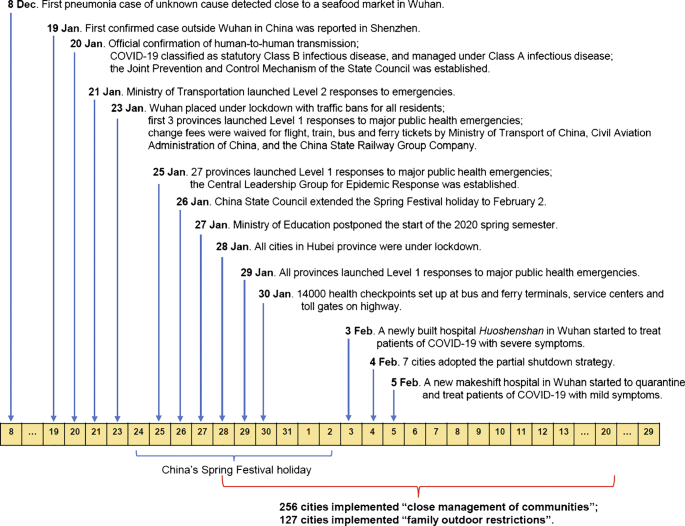
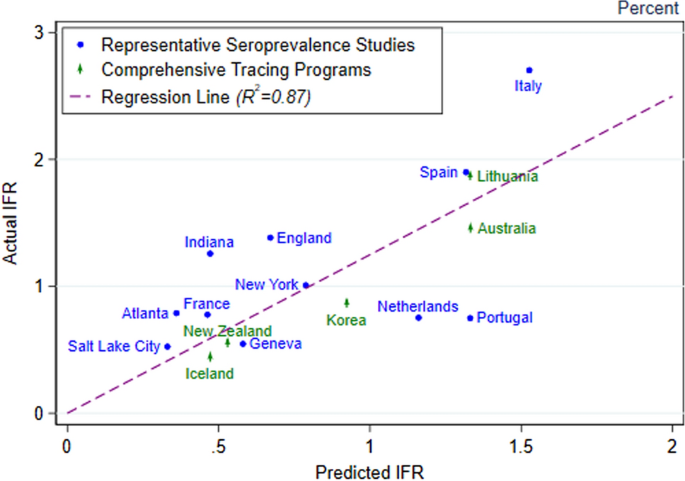
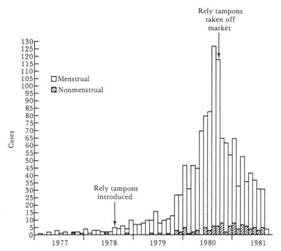



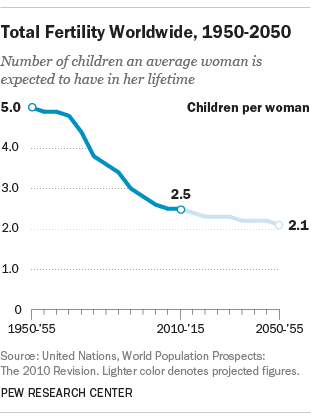
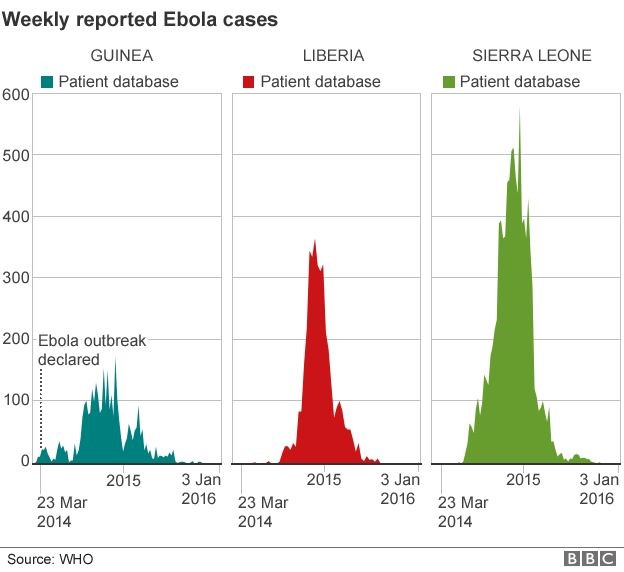











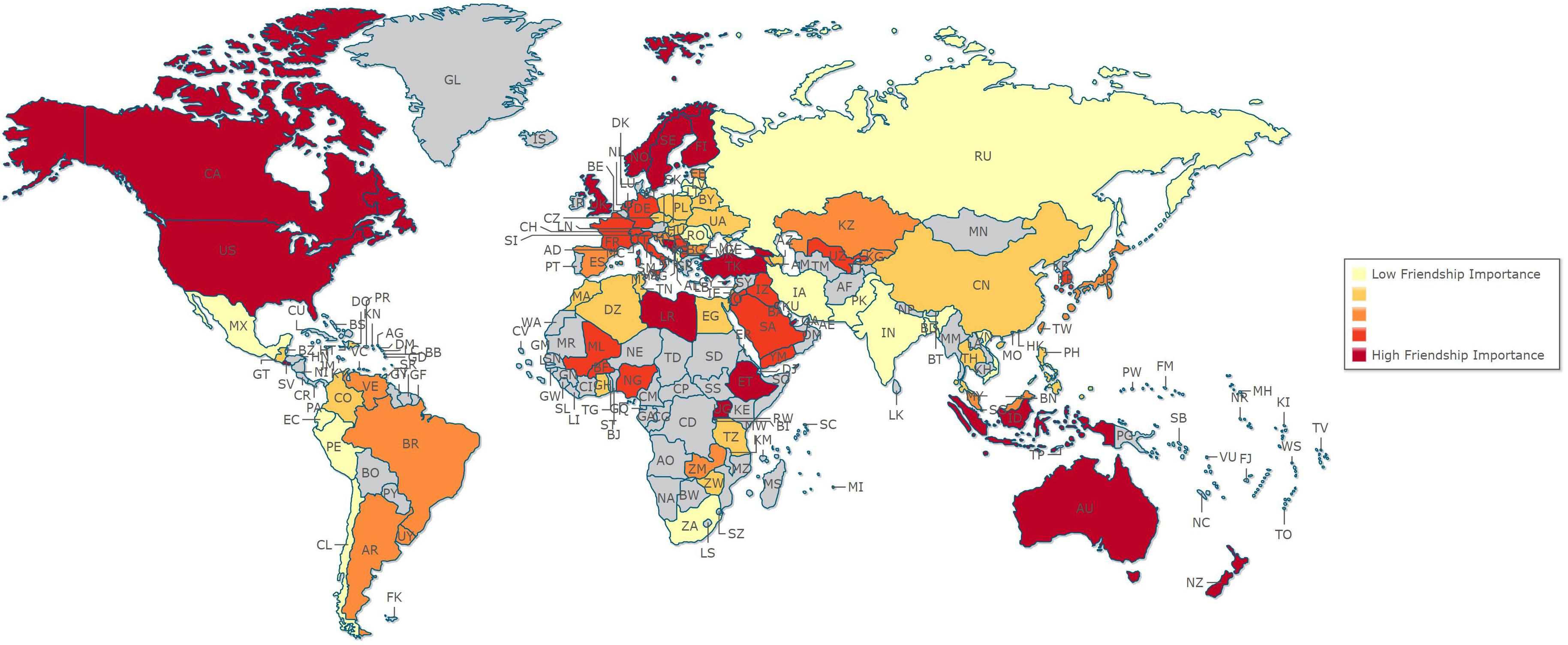
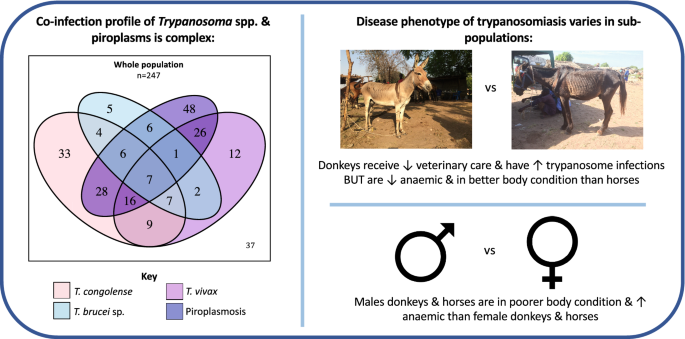




Post a Comment for "Which Of The Following Reasons Might Account For Place Variation In Disease?"